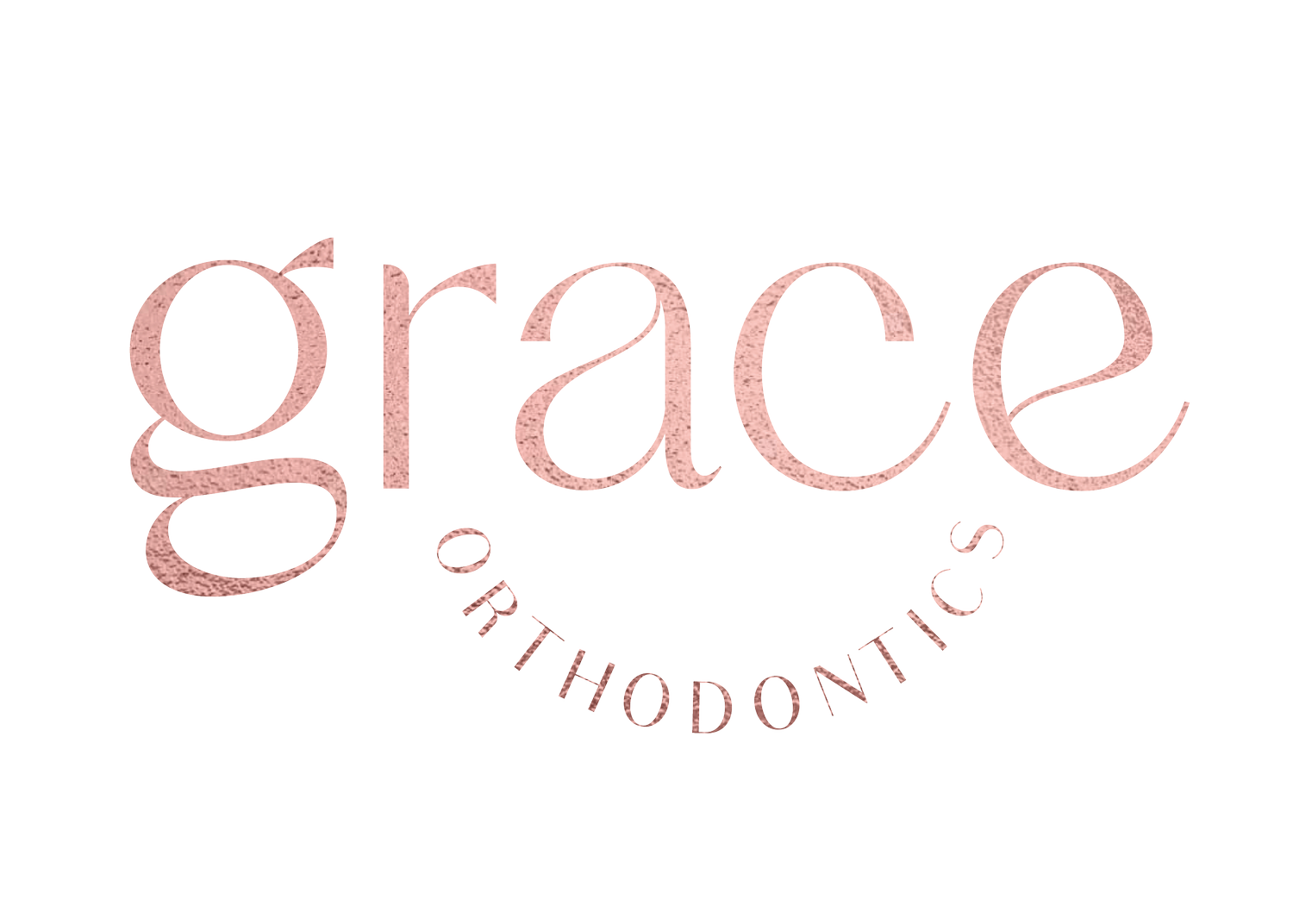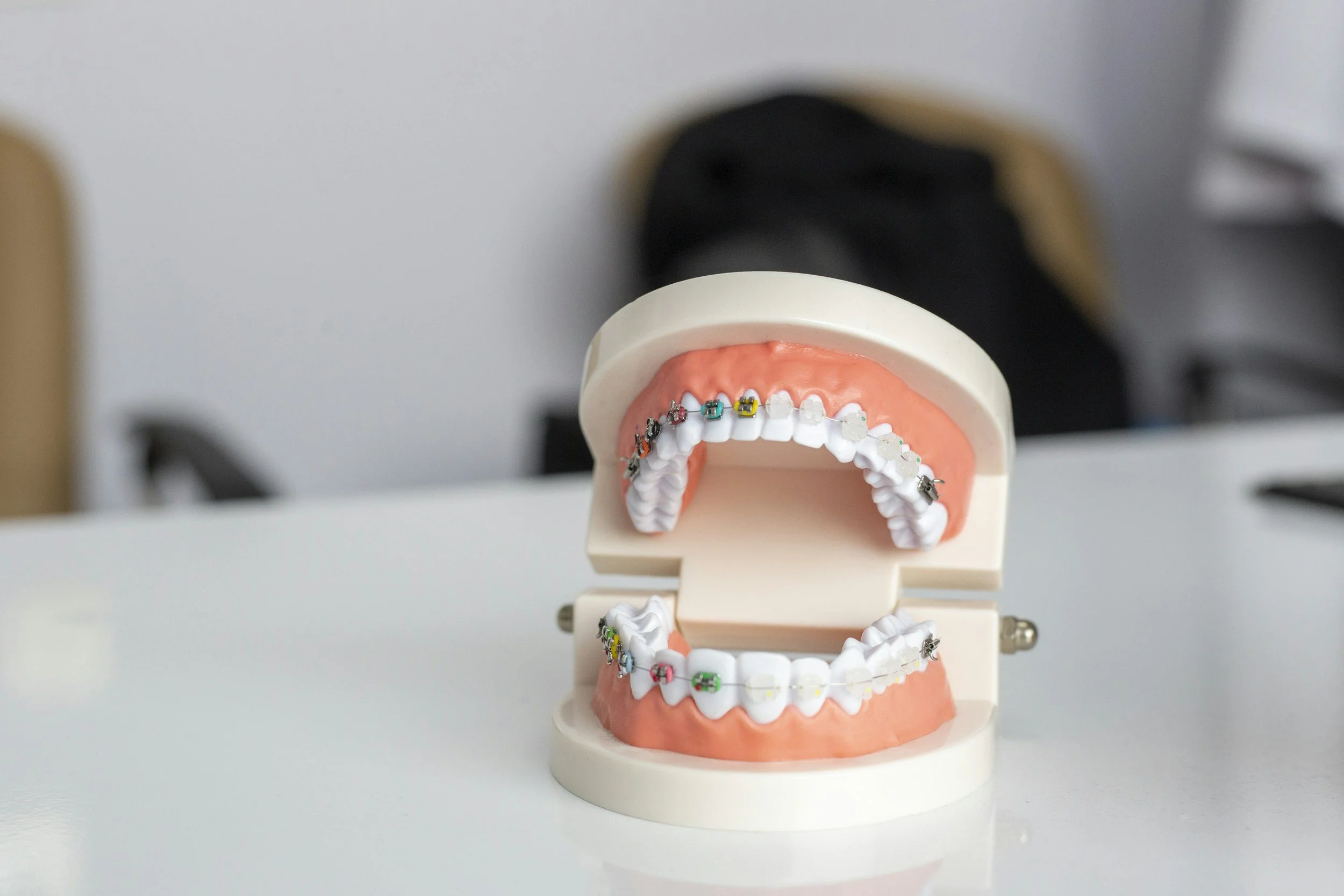Clear Aligners: Comparing Invisalign® vs. In-House Options
Are you looking for the best way to achieve a confident smile? You aren’t alone!
Your first decision will involve traditional braces vs. a clear aligner. For a deep dive into the pros and cons of each, start here.
If you know you want a clear aligner, you have one more decision to make: Invisalign or an in-house option. How do you know which is right for you? Well, both promise results, but with very different capabilities. In this guide, we’ll break down the differences, highlight key considerations along the way, and help you make the right choice for your orthodontic needs.
What Is an “In-House Aligner”?
Let’s start with a definition.
Invisalign has become a household name - a tried-and-true provider of high-quality clear aligners.
In-house aligners, on the other hand, refer to alternatives created directly by an orthodontist or dental office, typically using in-office equipment like 3D printers and vacuum-forming machines. To boil it all down, the question really becomes: do you need the name brand, or is the generic, made-to-order option really the same?
Movement Capability: Invisalign vs. In-House Aligners
One of the most significant differences between Invisalign and in-house aligners lies in their ability to handle different levels of tooth movement. Invisalign aligners are designed to address a wide range of orthodontic issues, from mild crowding to complex bite problems. Drawing from a huge database of case studies and precise technology, Invisalign offers predictable, reliable results.
In-house aligners, on the other hand, are best suited for minor adjustments or as retainers to maintain alignment. Their ability to correct more significant issues, like bite misalignments, is fairly limited. In fact, patients who need comprehensive care sometimes find themselves switching to Invisalign after getting poor results from in-house options.
Safety and Quality of Custom Clear Aligners
When it comes to safety and quality, custom clear aligners made by Invisalign set a high standard. Invisalign products are created using advanced technology and strict quality controls, ensuring each tray fits perfectly and functions as intended.
As we mentioned, in-house aligners can be useful in specific scenarios, but they come with limitations. They also require 3D printing and trimming, and that means you find variability in quality. The consistency just isn’t always there. Plus, without the rigorous testing and precision of Invisalign’s processes, in-house aligners aren’t always as comfortable either.
Are In-House Aligners Cheaper Than Invisalign?
They can be, but not always, and definitely not by as much as you might think.
Creating in-house aligners is a very labor-intensive process, and requires expensive 3D printers, ventilation systems, and time spent trimming the finished product. This eats into the potential savings.
Invisalign, on the other hand, has been in the game for a long, long time, and has a streamlined, tested approach. Not only does this help manage the upfront costs, but it also offers long-term value that comes from investing in an effective, proven aligner.
Risks of In-House Aligners: What to Watch For
While in-house aligners can be a helpful tool in some cases, they definitely come with some risks that you should be aware of:
Limited Functionality: They’re generally best for minor adjustments or as retainers, not for correcting complex issues like bite alignment.
Inconsistent Quality: The manual production process—3D printing, trimming, and shaping—can lead to inconsistencies in fit and effectiveness.
Less predictable Results: In-house aligners don’t have as much proven data to draw from, leaving more room for error.
In fact, Grace Orthodontics has treated several patients who initially started with in-house aligners elsewhere but switched to Invisalign. We’re happy to help, but it’s an unfortunate scenario for the patient! Choosing the right aligners from the beginning can save you time, money, and a lot of frustration.
FAQs
Q. Are in-house aligners ever a good option?
In-house aligners can work well for easier, simpler cases, or as retainers to maintain alignment. They’re really not recommended for significant tooth movement or bite correction.
Q. Does Invisalign cost more than in-house aligners?
Not always. While Invisalign may seem more expensive upfront, it provides greater value by delivering reliable results and avoiding the need for corrective treatments down the road.
Q. What makes Invisalign aligners more effective?
Invisalign aligners are backed by extensive research and advanced technology, ensuring better precision and predictable results for a much wider range of cases.
Q. What happens if I start with in-house aligners and switch to Invisalign?
Many orthodontists, including Grace Orthodontics, can create a plan to transition from in-house aligners to Invisalign. Just remember: starting with Invisalign from the beginning can save you time and prevent complications.
What’s Your Takeaway?
Invisalign is like going to your favorite restaurant: the chef is predictable, always on point, and you know the special is going to be a winner.
In-house aligners are a bit like trying a new recipe at home. It might turn out well, but you also might not have the right ingredients, it could take a lot longer than expected, or seem to be coming together well but then taste, well, off…
For a predictable, fantastic experience, it pays to go with what you know will work.
If you have more questions, please feel free to contact us at Grace Orthodontics, serving Fort Lee, Edgewater, Cliffside Park, and surrounding areas in Bergen County, NJ. We’d love to speak with you and share our passion for all that Invisalign offers.






